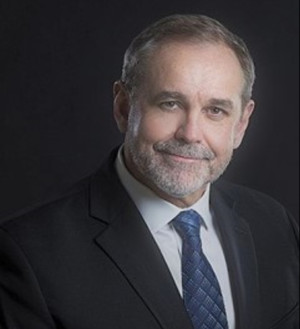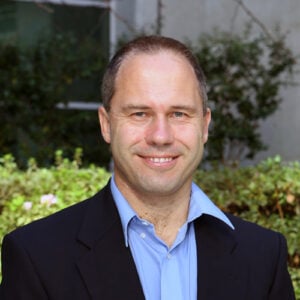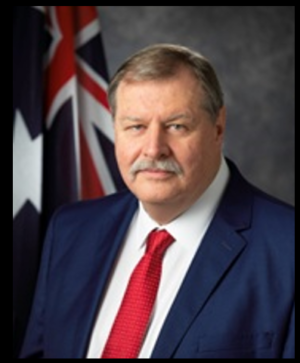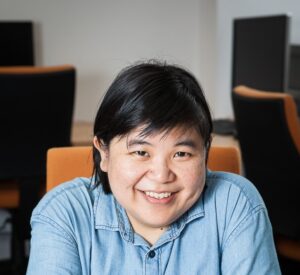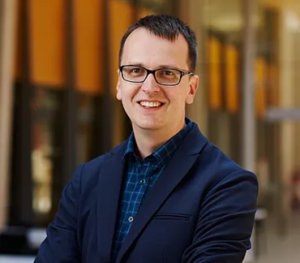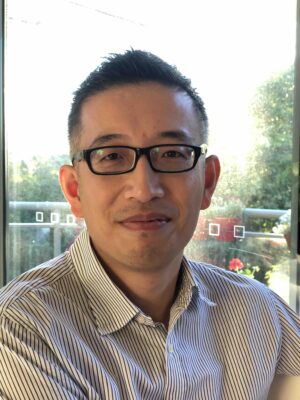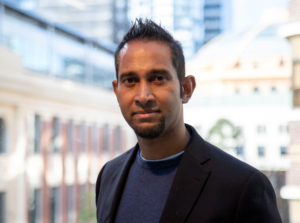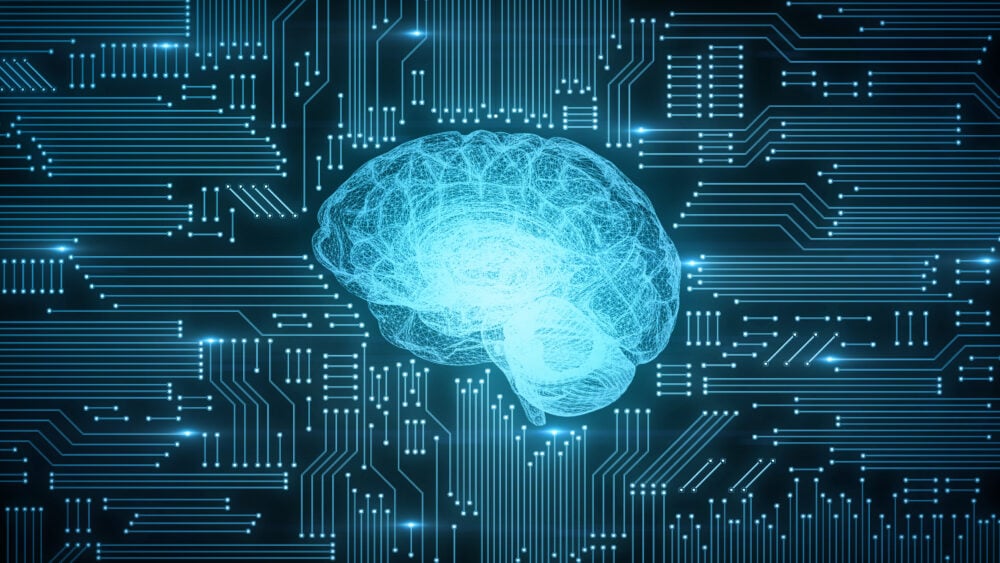Dr Mel McDowall
Director of Defence Artificial Intelligence Research Network (DAIRNet)
Dr Mel McDowall is the Director of the Defence AI Research Network (DAIRNet), an initiative of the Department of Defence and hosted by the University of South Australia. This draws on her experiences in transdisciplinary research and operation roles. Having worked in many industries, such as clinical, agriculture and Defence, Mel has experience with many steps in the “bench to bedside/farm-gate/capability” journey. This includes basic and applied research, business improvement and governance, advocacy, contract management, territory management, and clinical support.


